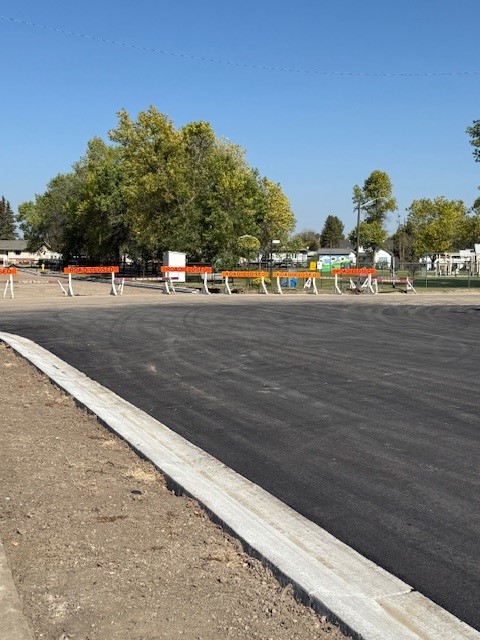The Human Side of Damage Prevention; Line Locating
Print this Article | Send to Colleague
Dwayne Mayr, Managing Director, 3-D Line Locating Ltd.
 |
Beneath our streets, sidewalks, and backyards, lies an invisible network of utility lines that powers our lives. Natural gas, electricity, water, sewer, telecommunications, and fiber optics all run just below the surface, often only a few feet deep. While we rely on these systems without giving them much thought, one wrong move with a backhoe, auger, or even a shovel can cause devastating consequences. Service outages, costly repairs, and even serious injuries or fatalities can result from a single mistake. That’s where line locating - and the human commitment behind it - plays a vital role in keeping people and communities safe.
Damage prevention is often described in technical terms: accurate maps, GPS equipment, electromagnetic sensors, and painted lines on the ground. But at its core, it’s about people. A single misstep during excavation can endanger workers, neighbors, and entire neighborhoods. Beyond service interruptions, there are real risks of explosions, electrocution, flooding, and environmental damage. Each of these scenarios has one thing in common: they put lives and communities at risk.
The job of a line locator goes far beyond marking utilities with paint and flags. These damage prevention professionals are guardians of public safety. Their job is not just to mark utilities, and communicate clearly with those about to dig, attention to detail, local knowledge, and ability to interpret complex underground networks are what prevent accidents before they happen. Locators often work in tough conditions - rain, snow, blazing heat - because utilities must be marked regardless of weather. They carry the responsibility of ensuring that construction crews, homeowners, and contractors can dig with confidence, knowing what lies beneath their feet.
Equally important is the culture of communication that surrounds damage prevention, a shared responsibility. A successful locate isn’t just about lines on the ground or above - it’s about conversations. Contractors need to trust the information they’re given, and locators must explain what’s been marked, what hasn’t, and any potential uncertainties. This dialogue builds safety into the project from the very beginning. When people understand why those paint marks matter, they’re far more likely to respect them.
Homeowners play a critical role in the damage prevention process. Many accidents occur not on large construction sites, but in backyards where someone is putting up a fence, planting a tree, or installing a new mailbox. Too often, homeowners assume that small projects don’t require a locate - but even a simple shovel can puncture a gas line or cut through internet service. Awareness is the first line of defense. When people understand that one quick call can protect their family, their neighbors, and even their entire community, they are far more likely to take the step seriously.
Communities benefit as well. Reliable locating reduces costly service outages that can disrupt schools, businesses, and emergency services. It prevents environmental harm from ruptured pipelines and sewer mains. Most importantly, it prevents injuries and fatalities. For families and neighborhoods, the true value of successful line locating is peace of mind - the assurance that when work is being done nearby, precautions are in place to protect them.
At the heart of every “call or click before you dig” campaign, every flag in the ground, and every line of paint sprayed across a lawn, there’s a human story: parents who get to come home safely, communities spared from preventable disasters, and workers who can do their jobs without unnecessary risk.
Damage prevention may start with technology, but it succeeds because of people that care. By valuing the human side of line locating - emphasizing training, communication, and care - we ensure that progress in our communities never comes at the expense of safety.
Ultimately, the human side of damage prevention comes down to responsibility and trust. Locators provide accurate information. Contractors and homeowners respect and follow it. Communities benefit from uninterrupted service and safer neighborhoods. Every person has a role to play, and every role contributes to the same outcome: keeping people safe.

